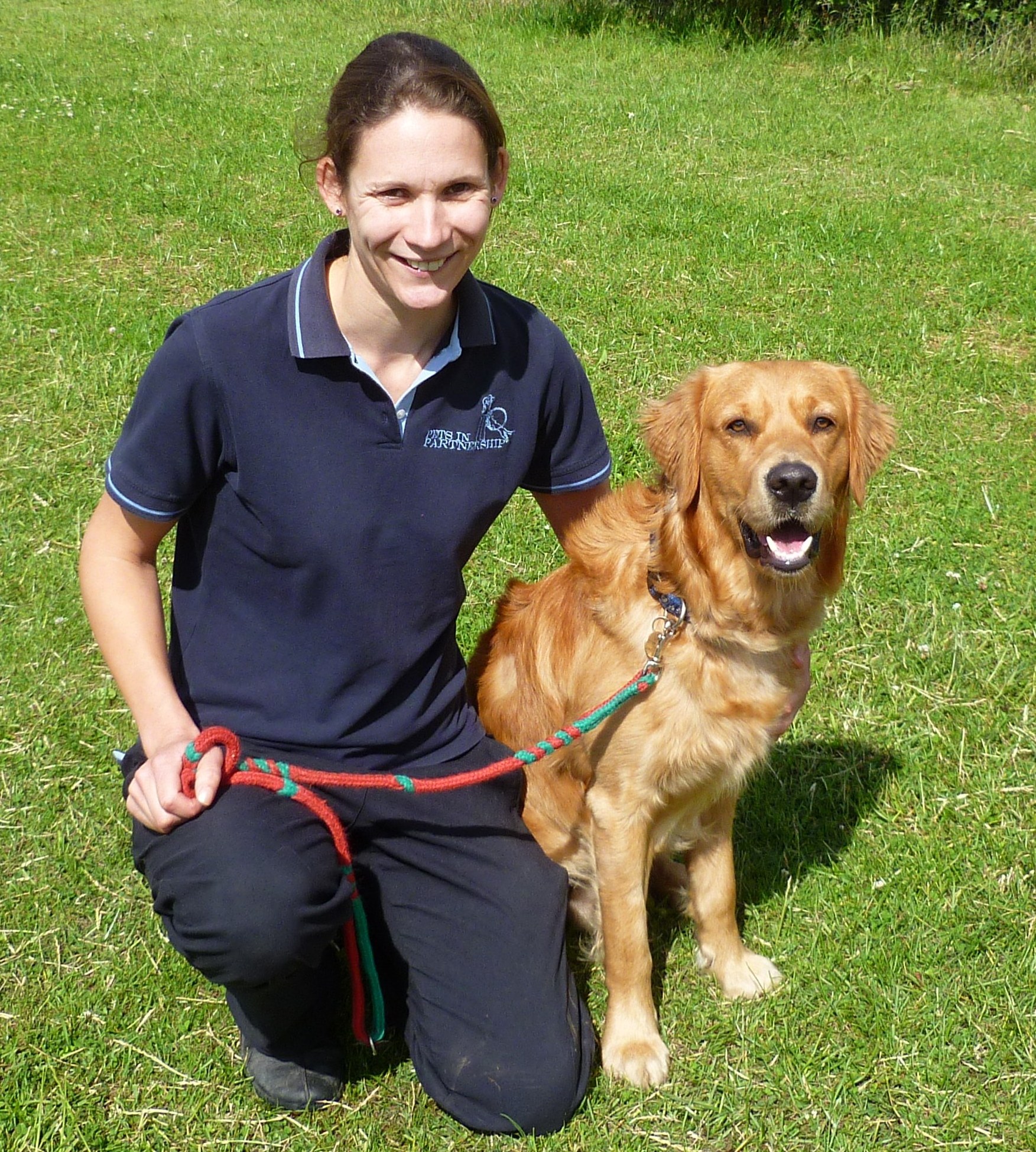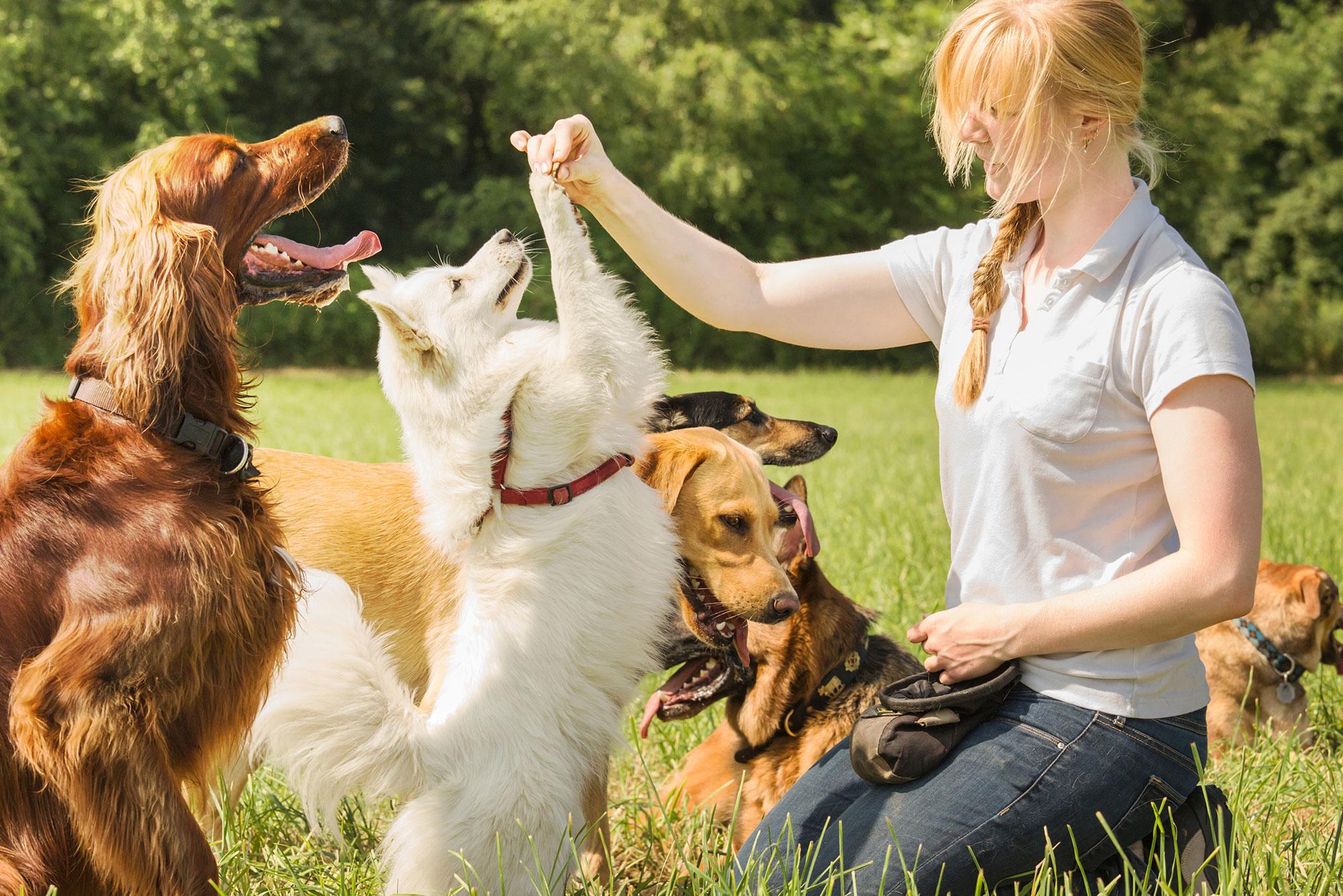Vital Tips for Effective Dog Training: An Overview for Family Pet Owners
Reliable canine training is a multifaceted procedure that calls for a critical method tailored to both the animal's personality and the owner's objectives. Comprehending how to browse these obstacles can dramatically improve the training experience, ultimately transforming the relationship between proprietor and canine.
Recognizing Dog Actions
Recognizing dog habits is necessary for effective training and fostering a harmonious connection between dogs and their proprietors. dog training. Pet dogs connect largely through body language, vocalizations, and actions, making it essential for owners to translate these signals precisely.

Socialization plays a significant duty in pet habits; exposure to various environments, individuals, and various other pets can considerably affect a canine's temperament. Aspects such as breed features and private temperament need to assist training methods, as some types may have specific behavior traits that demand tailored techniques. By understanding these components, owners can develop a helpful setting that motivates favorable habits, leading to successful training end results and a deeper bond with their pet dogs.
Establishing Regular Commands
Effective interaction with your dog starts with developing consistent commands. This fundamental element of training is vital for fostering understanding in between you and your pet dog. Consistency in the commands you make use of ensures that your pet dog can reliably associate certain words or expressions with the desired habits.
When picking commands, choose clear, unique words that are very easy to say and separate from each other. Avoid utilizing similar-sounding commands that might perplex your canine. For instance, making use of "rest" and "stay" is suitable, however "rest" and "struck" could result in misconceptions.
Additionally, maintain the same tone and volume for every command. Pet dogs are delicate to singing signs, so varying your tone can create confusion.
It is similarly essential to guarantee that all relative get on the same web page pertaining to the commands made use of. A united front in command usage will protect against blended signals and reinforce the discovering process.
Favorable Support Techniques
The power of favorable reinforcement in dog training hinges on its capability to encourage wanted behaviors via benefits and praise. This method is grounded in the concept that behaviors adhered to by positive outcomes are extra likely to be repeated. By incorporating favorable reinforcement right into your training regimen, you can efficiently shape your pet's habits in a constructive fashion.
To implement positive reinforcement, it's important to identify what inspires your dog, whether it be treats, playthings, or verbal appreciation. When your canine executes a wanted activity, such as remaining on command, immediately award them with a treat or love. This organization between the command and the favorable result strengthens their understanding.
It's vital to timing the rewards properly; supplying the reinforcement within seconds of the wanted behavior helps click site your pet dog make the link (dog training). Additionally, consistency is crucial-- ensure that all family participants make use of the very same commands and reward systems to prevent complication

Slowly, you can lower the frequency of treats as your pet dog finds out the actions, transitioning to praise or intermittent benefits. This technique not just cultivates a solid bond in between you and your dog but also promotes a positive knowing atmosphere, making educating an enjoyable experience for both.
Socialization and Communication
Continually exposing your canine to a range of atmospheres, individuals, and other animals is vital for their social growth. Socializing must start early, ideally throughout the essential home window of 3 to 14 weeks, when pups are most responsive to brand-new experiences. Nevertheless, older pet dogs can likewise gain from continuous socialization efforts.
Present your pet to various settings, such as parks, pet-friendly stores, and urban locations. This direct exposure assists them adapt to numerous stimulations, minimizing stress and anxiety and fear responses. Urge favorable interactions with various other pet dogs and people, guaranteeing that these experiences are controlled and secure to promote confidence.
Utilize organized playdates with well-mannered pets, as this can improve your dog's social skills and teach them proper behavior. Obedience courses and training sessions also supply excellent possibilities for socialization, enabling your dog to engage with others in a monitored environment.
Screen your dog's body language throughout interactions, as this will certainly aid you evaluate their convenience level. Slowly raise exposure to more tough situations while making sure that each experience is positive. A well-socialized canine is extra most likely to show balanced behavior, making them a pleasure to have in any type this content of setup.
Addressing Common Training Difficulties
Every pet owner will come across training obstacles at some point, regardless of their pet dog's age or socializing degree. Identifying typical problems such as stubbornness, distractions, and fearfulness can help in establishing reliable approaches for improvement.

Gradually present distractions as the dog comes to be extra skillful in commands. Short, constant training sessions are likewise reliable in preserving attention.
Terror can prevent a pet dog's knowing process. Steady desensitization to the resource of worry, coupled with favorable support, can help alleviate anxiousness. Persistence is important; never compel a canine right into a scenario that causes distress, as this might worsen the concern.
Eventually, understanding and addressing these common challenges with an organized method will cultivate a much more productive training experience, enhancing the bond between pet dog and owner while advertising effective understanding.
Final Thought
In recap, successful pet training counts on a comprehensive understanding of canine actions, the establishment of constant commands, and the application of positive reinforcement strategies. Socialization plays a critical function in creating well-adjusted animals, while resolving common training difficulties requires persistence and flexibility. By implementing these necessary techniques, family pet proprietors can promote a solid bond with their dogs and promote preferable actions, ultimately resulting in an unified partnership between people and their canine buddies.
Recognizing canine habits is crucial for effective training and promoting a harmonious partnership in between canines and their owners.Socialization plays a considerable duty in dog behavior; exposure to different atmospheres, individuals, and various other pets can significantly affect a pet dog's temperament.The power of positive reinforcement in pet dog training exists in its capacity to urge wanted behaviors via rewards and praise. By incorporating positive reinforcement right into your training regimen, you can effectively shape your dog's behavior in a positive fashion.
In recap, effective pet click here to find out more training counts on a thorough understanding of canine actions, the facility of constant commands, and the application of positive reinforcement techniques.
Comments on “Exactly how to Choose the Right Approach for Successful Dog Training”